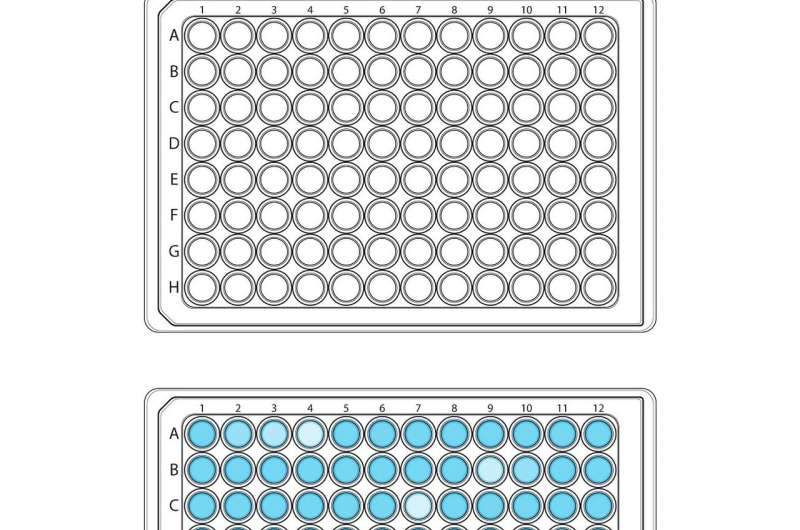
Bone turnover markers (BTMs) in blood and urine are useful tools in monitoring osteoporosis treatment effects and may be useful for improving patient adherence.
In 2011, a Joint Committee on Bone Metabolism of the International Osteoporosis Foundation (IOF) and the International Federation of Clinical Chemistry and Laboratory Medicine (IFCC) designated Procollagen type I N-propeptide (PINP) and the C-terminal telopeptide of type I collagen (β-CTX) in blood as reference bone turnover markers for bone formation and bone resorption, respectively, in osteoporosis. However, the effective clinical implementation of these recommendations requires the standardization/harmonization of commercial assays.
The newly published review ‘Analytical considerations and plans to standardize or harmonize assays for the reference bone turnover markers PINP and β-CTX in blood’ describes the current status of assays for PINP and β-CTX in blood, as well as the plans for and ongoing progress towards the achievement of harmonization or standardization of commercial assays for these reference markers.
As well as a review of the structures of PINP and β-CTX molecules, the authors provide a succinct, referenced summary of current commercial assays, their descriptions, and performance characteristics. Key characteristics and performance specifications of the four commercially available assays for serum PINP and the three commercially available β-CTX assays are provided, as well as regression equations for the Roche and IDS iSYS automated assays for PINP and β-CTX.
Among their recommendations, the authors find:
- The universal harmonization of PINP assays is a realistic goal which needs to be achieved and is a requirement for international multicentre trials to be conducted using any commercially available assays and for the development of clinical guidelines with uniform reference intervals and treatment targets.
- The harmonization (if not the standardization) of commercially available assays should be possible by the use of common calibrators and the development of a reference method for PINP for subjects with a GFR > 60 mL/min/1.73 m2. Any new commercial assay developed in the future should be traceable to the new developed calibrators and reference method.
Corresponding author Professor Samuel Vasikaran, noted, “In contrast to PINP, there is a significant bias between the two automated assays for β-CTX in blood, but the synthesis of a reference standard preparation and standardization of assays for β-CTX is possible and will be a goal of the IFCC/IOF Joint Committee on Bone Metabolism.”
Professor Etienne Cavalier, Chair of the IFCC-IOF Committee of Bone Markers (C-BM), added, “The IFCC-C-BM looks forward to working in collaboration with commercial reagent manufacturers to prepare commutable international reference materials and develop common measurement procedures for PINP and β-CTX in blood. Once harmonization or standardization, as appropriate, is achieved, regulatory authorization of these modified assays will be sought.”
Professor Nicholas Harvey, Chair of the IOF Committee of Scientific Advisors, concluded, “Together with IFCC, the International Osteoporosis Foundation looks forward to the important next steps which will lead to reliable reference ranges across assays and thus greater capacity for these measures to inform both clinical care and research. The project demonstrates the huge value of such international collaborations in setting the state of the art to improve bone health globally.”
International Osteoporosis Foundation

